If you want to know the different types of hubbly bubbly, in this comprehensive guide will tell you all you need to know.
Hookah, shisha, hubbly (bubbly), or for a more local term; the hookah-pipe. [okka pipe] It erupted in popularity since its introduction to South Africa in the 1990’s, and to this day is enjoyed by a large portion of the population.
The aesthetics, super-rich flavours, and great social effects of a hubbly can be taken almost anywhere. Parties, the beach, at home or pretty much wherever you’re able and and permitted to set it up.
There are a few things to consider when buying the perfect hookah for you, and the sheer variety can be daunting.
Let’s cover some basic terminology first to avoid confusion.
Hookah vs Shisha: what’s the difference?
These are arguably the two most popular terms used globally. Hookah solely refers to the device itself, whereas the word “shisha” can refer to either the device, or simply the tobacco that is smoked in the hookah itself.
Shisha
This is the tobacco traditionally soaked in flavoured juices, fruits, and molasses to create the famous hubbly flavours or “mixes” people have come to know. It mostly contains nicotine and is smoked by heating it with a cole(s).
In short, shisha is the tobacco and hookah is the pipe, but these terms are used interchangeably today. There are many types of hubbly bubblys, and shisha is a global term to describe the general act of consuming tobacco through a waterpipe. You can be sure that whenever someone uses either word, they are referring to sharing an aromatic bowl of flavoured tobacco with friends, or even colleagues.
So although shisha is used to describe a type of tobacco used in hubblys, it is also used to name the pipe itself in some regions – especially since the Persian name for glass is “shishe.”
Did you know? The hookah’s true origin is still being debated to this day, although the bulk of claims are that it was invented in India during the 15th century. Since then it’s gone widespread in Turkey, Egypt, Syria, Asia and Africa and even North America.
Hookah
Looking at some hookah-pipes, it can really feel like more a piece of art than anything else. The meticulous designs and overall beautiful aesthetics of quality hookah pipes are simply astounding, and they come in a range of sizes.
Normal hubbly sizes range between 35 – 66 cm, with some even taller than 100cm. (Tallest hookah = 115 cm) We wouldn’t recommend using a hubbly that’s shorter than 33 cm in height – especially if the water container is too small to hold a generous amount of water. The amount of water your hookah can hold greatly influences your smoking experience and is something to consider alongside portability.
As we’ve just mentioned, the hookah refers to the actual smoking device. It’s distinguishable from almost all other pipes because it’s a water pipe. It filters the smoke through the water basin before entering the body, which results in a cooler and smoother smoking sensation.
Shisha goes into the bowl, covered with a metal lid or tinfoil and a coal is placed on top of that.
Air then filters through the metal lid, heating the shisha, travels through the water base to cool the smoke and finally travels through the smoking pipes. The larger your water compartment is, the cooler the smoke will be. The thicker your downpipe from the shisha bowl to the water, the more open your drag will feel, and vice versa.
3 Traditional Hookah Types
The difference in types of hubbly bubblys can be seen in the materials used, the stem and bowl specifications, and much more. Chances are the bulk of hookahs available today are modern spin-offs, true Egyptian, Persian or Turkish hookahs. Here are the basics:
Egyptian Hookah

Egyptian hookah pipes are widespread and known for their ornate copper shafts that deliver an open draw – making it easy to draw smoke from the hookah. This gives users an option as to how much smoke they prefer per drag.
Egyptian hookahs are available in single metal or multi-metal types and are considered as the standard level of luxurious hookahs. They’re made from either stainless steel, copper or brass material and come in all styles and sizes – accurately emphasising the impact of Egyptian influence on the entire hookah culture.
Syrian Hookah
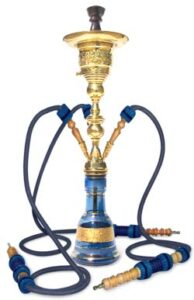
On the total opposite side of Egyptian hookahs, Syrian designs are extremely rare and highly sought after by hookah enthusiasts all over the world. There has been an incredibly low supply of hookahs from Syria due to the ongoing turmoil in the country.
Syrian hubblys are wonderfully handcrafted-decorated and are some of the most beautiful hookahs that are available today.
What makes them especially sought after, other than their extreme rarity and beauty, is the sophisticated draw it offers. Somewhere between a tight and a loose raw, it’s something that hookah enthusiasts regard as the most incredible smoking experience.
Turkish Hookah
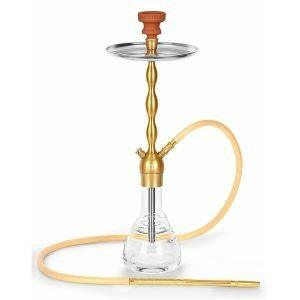
Turkish hookah-pipes lie somewhere between the popularity of Egyptian hookahs and the exquisiteness of Syrian hookah-pipes.
They cater for a select view of hookah enthusiasts – having a very, very tight draw in comparison to a “normal” hubbly bubbly. They’re often considered a “cult-favourite”, with many or all Turkish hubbly users being a very involved fan base in general.
They’re known for their barebone (basic) construction, while maintaining an intricate design with impressive traditional engravings.
6 Modern Types of Hubbly Bubbly
There are many hookah styles that originated over the last 20 years, and although the handcrafted quality of traditional hookahs is beyond compare, there are several reasons why modern hookah styles can be more practical, effective and even cost-effective.
For starters, they make use of repeatable mass-production parts which adds to a much more consistent smoking experience.
Glass
The name is pretty self-explanatory; the pipe is entirely made up of glass. There are 3 things to consider when buying a glass hookah;
- Drag tightness
- Overall quality
- Aesthetics
They look fantastic when in use – you can see your drag travel from start to finish. However, there are some potential quality issues;
Glass hubblys tend to have a distinct drag tightness on either extreme side – too open or too closed. Glass hookahs are also majoritively made in China, which brings the concern of quality.
Modern Shisha
These are also known as mod-shishas. They’re mass-produced and mostly manufactured in China. Their design includes heavy brass cores, which possibly makes them heavy to transport.
Phunnel Shisha
The difference of a phunnel shisha lies only in the bowl used to pack the flavour (or shisha) in it. Instead of the hole being at the bottom-centre as with classic designs, the bottom surface creates a funnel-like shape with the hole being in the middle of the bowl.
Because the hole is in the middle of the bowl, the charcoal and foil is placed far from the shisha mixture. This allows the shisha to remain moist for longer – so you can enjoy your flavour for longer periods at a time. Perfect for long sessions with friends!
American
Even though they’re extreme latecomers to the hookah market, American hookah pipes are the “Jack of all trades, and possibly master of all.” American hookahs combine features from traditional hookahs from all over the world, and combine it with mass manufacturing to eliminate variation and blemishes.
The effect: a great addition to the hookah family, with many variations in drag tightness and functionality.
Anodized Aluminium Shisha
Notably the most popular shisha-pipe in North America, this design is made of anodized aluminium and often comes in bright colours of all sorts. This includes the metal to create the structure and material used to make the bowl itself. Generally, these are considered bad quality hookahs.
Anodized aluminium hookahs are constructed with parts that easily corrode and break down after a few uses. They’re distinguishable by their colourful systems, lightweight designs and moreover, the plastic taste that comes with it.
And many more..
The hookah bus doesn’t stop there – as those are just the most popular international sensations in all the different types of hubbly bubblys.
German and Russian markets have also begun producing hookah-pipes and some even went as far as creating acrylic hookahs, which are a low-budget option while still retaining some quality.
How do I choose a hubbly?
We get it – the options and features can be a tad overwhelming at first. It all eventually boils down to how frequently you will use your hubbly, what your budget is and how many people will generally use it at a time. Let’s break down some key features:
Traditional Hookahs
- Consists of one solid piece, cannot disassemble
- Brass, copper or stainless steel (or a combination of these)
- Barebone construction, not many whistles and bells
- Tighter draw / more restricted airflow
- Most are medium to tall in height.
Modern Hookahs
- Can be disassembled
- Stainless steel or aluminium
- Some have unique purging systems
- Extras such as diffusers to break down bubbles and reduce noise
- Open draw / less restricted airflow
- Most are small to medium height.
Taking these key features in mind should give you a general idea of what type of hubbly bubbly would suit you best.
Related Article: Hubbly Bubbly Prices in South Africa
DISCLAIMER
Hookah / hubbly bubbly, shisha mixtures mostly contain nicotine which is an addictive and toxic substance. Not to be sold to persons under the age of 18, or lactating or breastfeeding women. To be used responsibly.

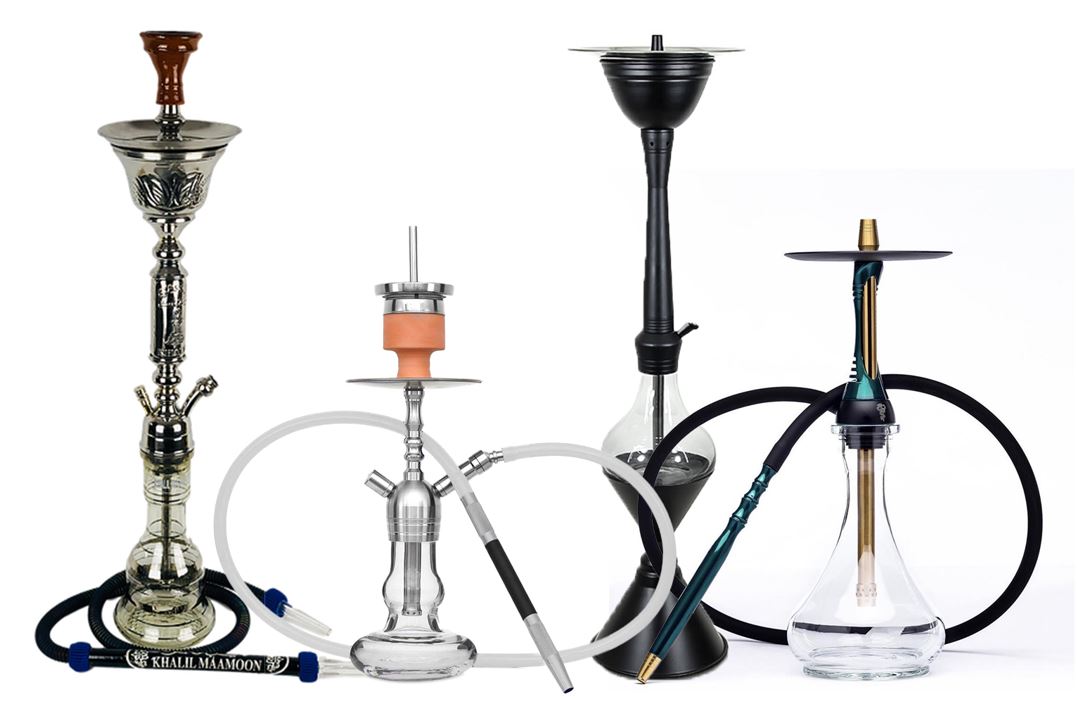


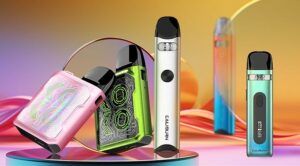
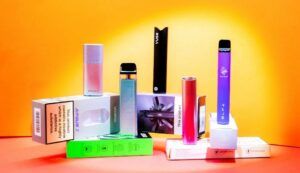
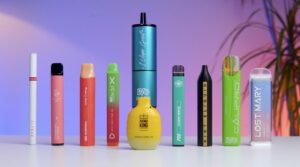

Leave a reply